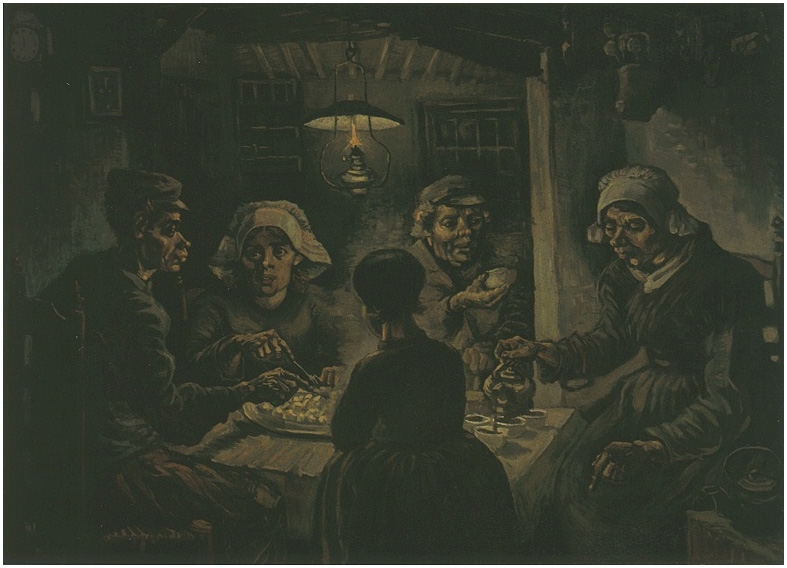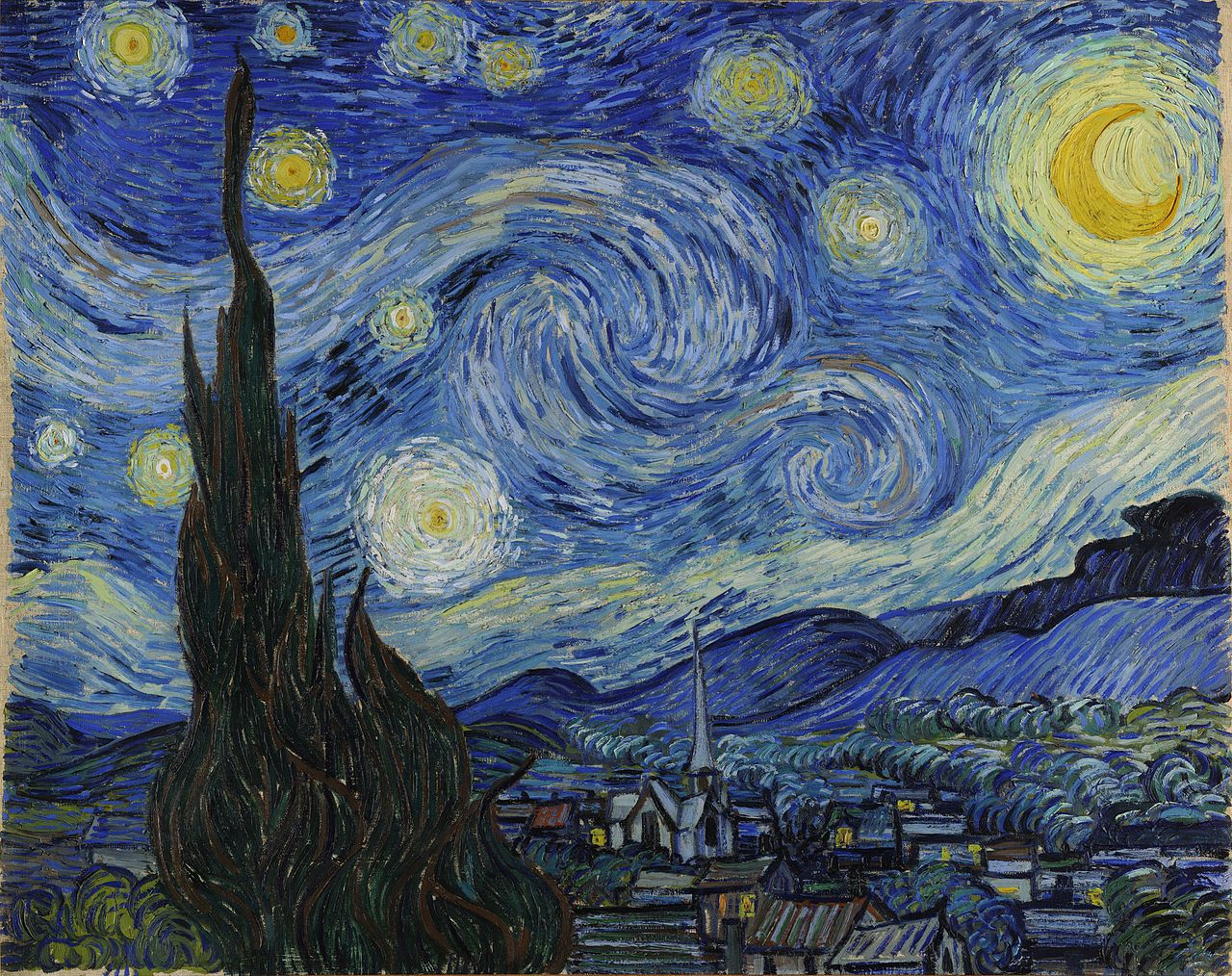A certain perfume of sunlit clothes, a soft hand
rested against the splayed green leaves of aubergines;
deftly weighing the merits of flours and sand;
weaving through the sections of old magazines.
Take a perfect stranger’s knuckle, or garment’s fall,
a cloud shape, a landscape. And it’s instant recall.
I turn eyes off, I turn myself to face the front
and suddenly the front reels back to a time past.
Though I am strong and resolute, I do not want
to burrow back into times with her. It doesn’t last.
Even when I’m quite convinced it’s under control,
a patch of sound, a pixel, equal instant recall.
Low burning flames. And flares of nothing at all -
a swish of breeze, rainbow grease, that’s instant recall.







